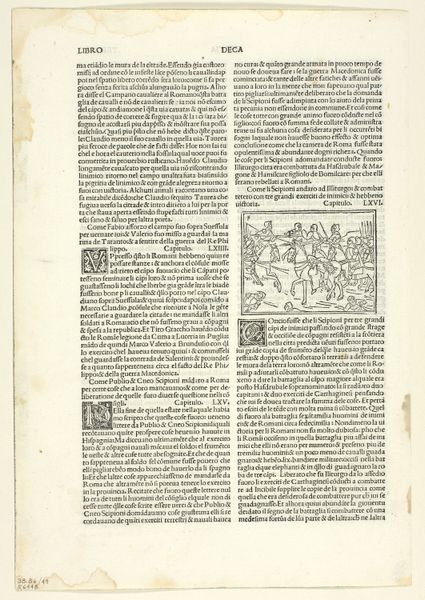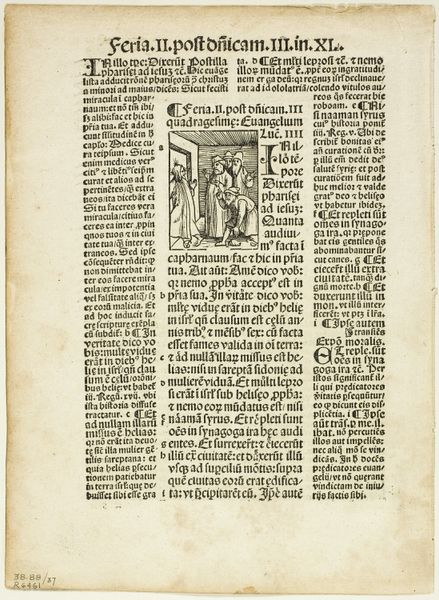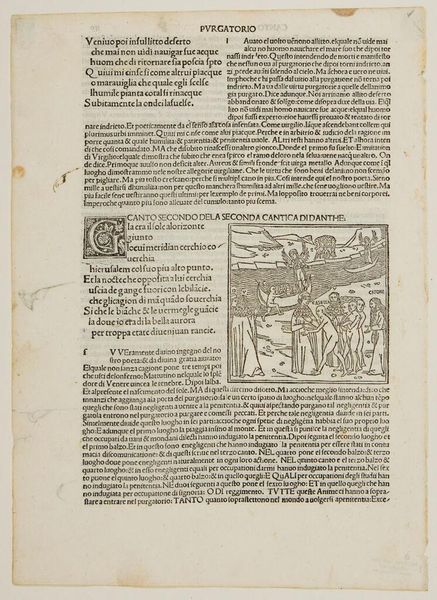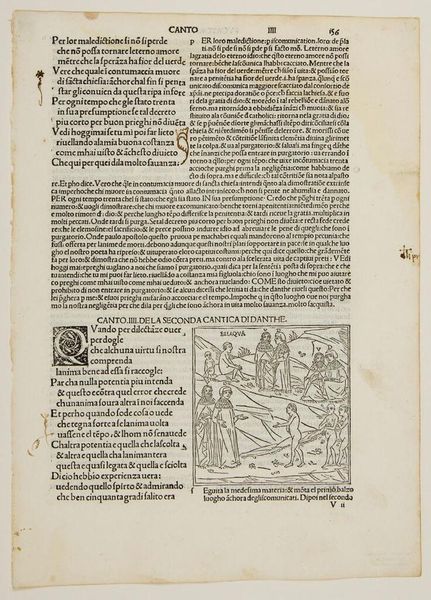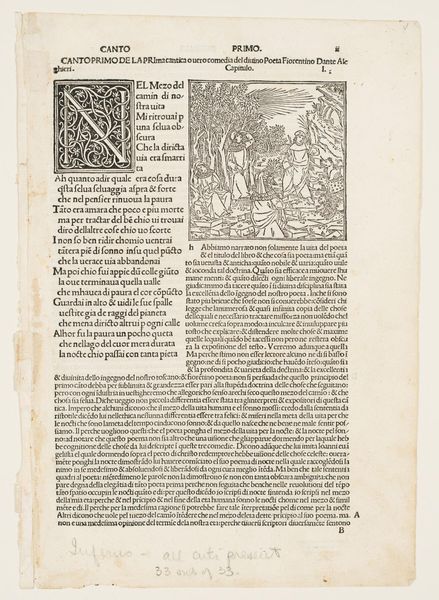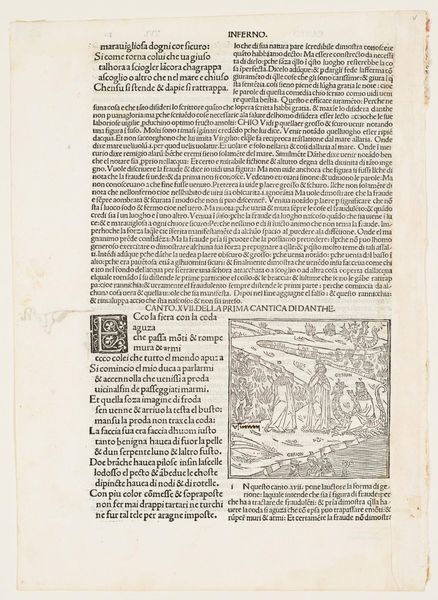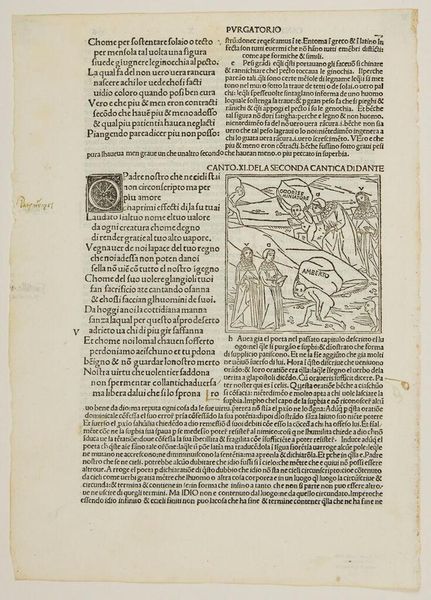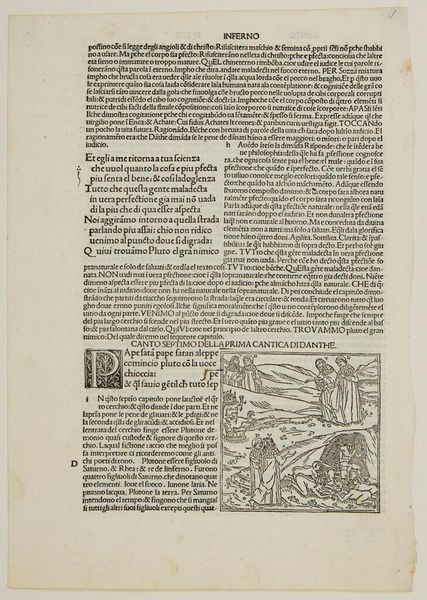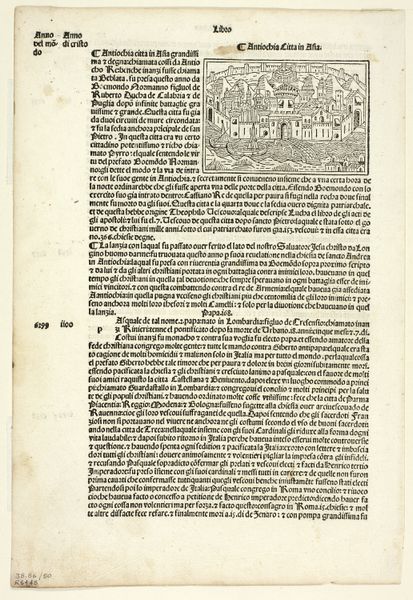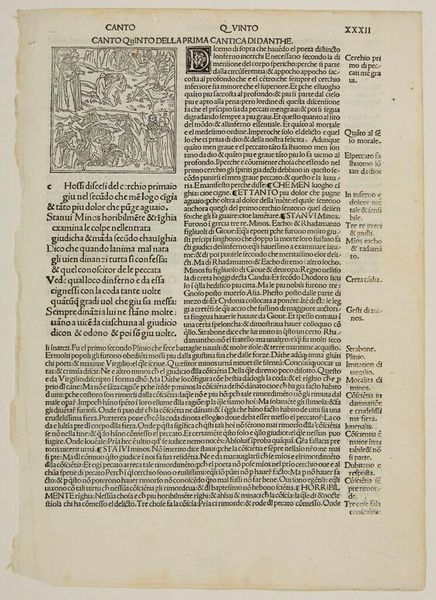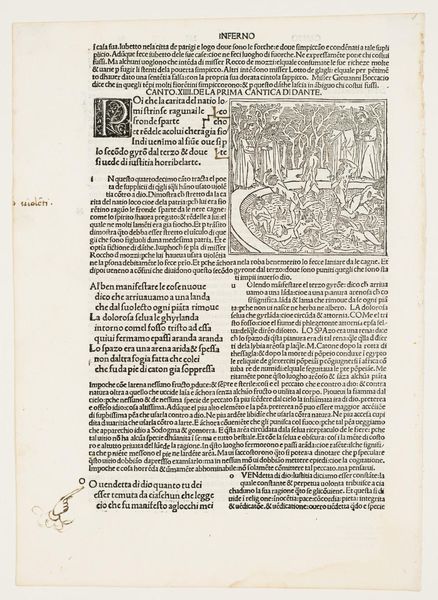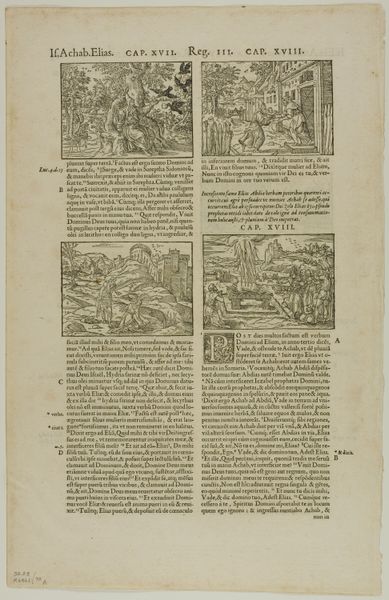
Judith and Her Maid Placing the Head of Holofernes in a Bag from Biblia latina, plate six from Woodcuts from Books of the XVI Century c. 1522 - 1937
0:00
0:00
Dimensions: 59 × 87 mm (image); 299 × 211 mm (image/te×t); 350 × 255 mm (sheet)
Copyright: Public Domain
Editor: Here we have Hans Springinklee's woodcut and engraving, "Judith and Her Maid Placing the Head of Holofernes in a Bag from Biblia latina, plate six from Woodcuts from Books of the XVI Century," created sometime between 1522 and 1937. What a chilling depiction! The stark black and white and busy scene create a sense of gruesome drama. What do you see when you look at this print? Curator: Considering it through a materialist lens, it's crucial to examine the printmaking process itself. The woodcut and engraving—these are laborious techniques, demanding skilled artisans. This print wasn't just conceived by Springinklee; it was *made* through collaborative labor. Editor: So, it's less about the individual artistic genius and more about... the means of production? Curator: Precisely! The "Judith" narrative was part of the *Biblia latina*, reproduced *en masse*. This print served as visual propaganda, designed to be disseminated widely. How does its function as a consumable good affect your understanding of it? It makes you consider its original consumer, doesn't it? Who would be viewing and interacting with such an item, how often, and under what context? Editor: It does. The violence feels almost… industrial, somehow. It's not a painting for a wealthy patron; it's part of a manufactured book intended for a wider audience. So, it changes your perspective and understanding of the message contained in the print. I'd initially glossed over the intended use of mass distribution, I admit! Curator: Exactly! The story’s power is interwoven with this method, its function as a tool. It encourages the distribution, or “production”, of violence when the situation demands it, for consumption by the community. Editor: I never really thought of a print as a manufactured object, but it totally changes how I see the imagery. Curator: Considering the materiality demystifies the artistic process and reconnects it to the social and economic context of its creation. Thank you.
Comments
No comments
Be the first to comment and join the conversation on the ultimate creative platform.
